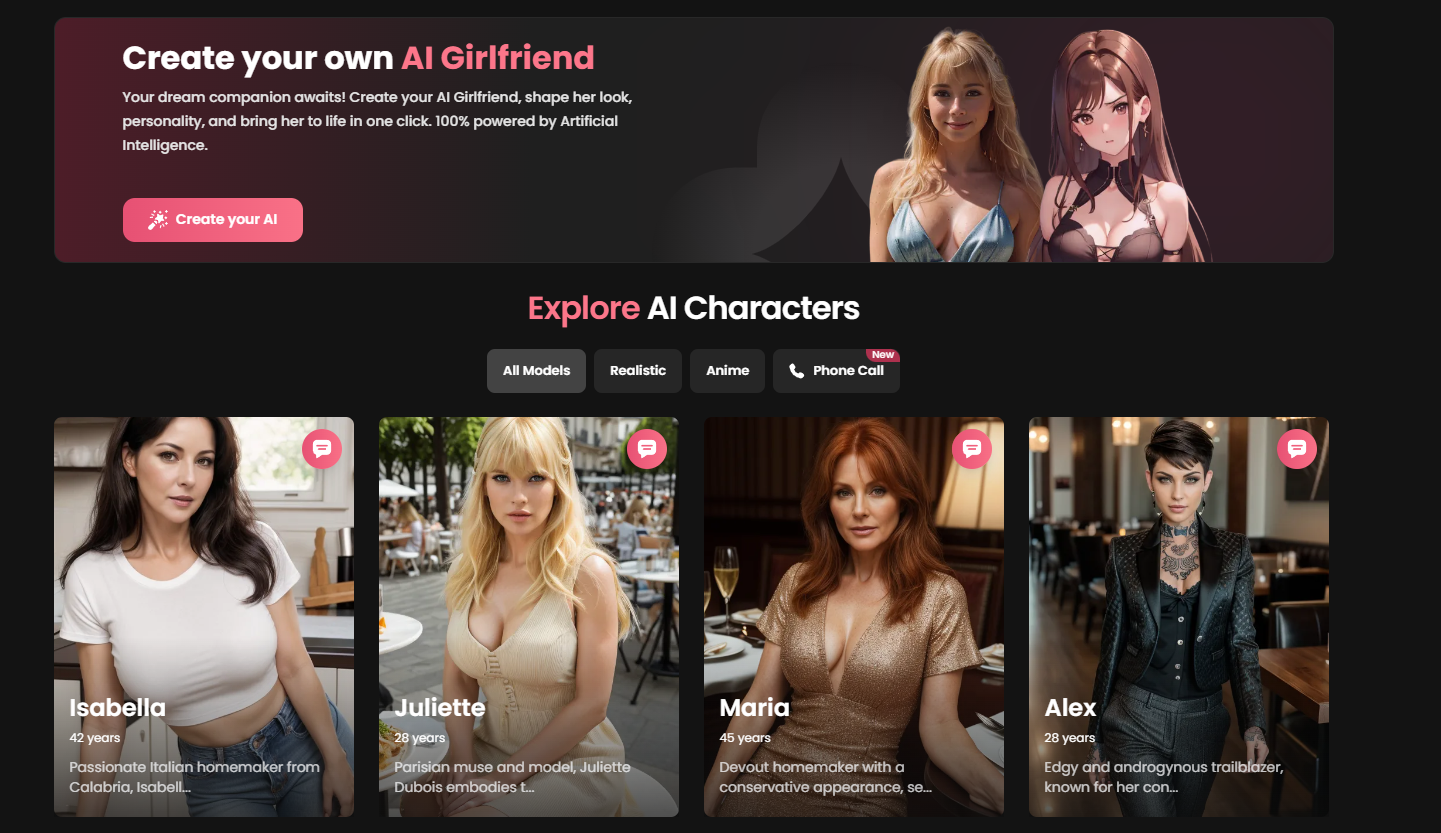While the use of artificial intelligence (AI) in fashion and media has been met with both excitement and skepticism, one particular application has sparked a heated ethical debate – AI-generated cameltoe. While some see it as a revolutionary tool for enhancing and perfecting body aesthetics, others argue that it perpetuates harmful beauty standards and objectifies women’s bodies. This article will examine the pros and cons of this controversial technology.
What is an AI Cameltoe?
An AI cameltoe is an artificial depiction of a female genitalia visible through tight-fitting clothing or swimwear. It is created using deep learning algorithms that analyze images and videos to generate a realistic-looking cameltoe on a virtual model. The purpose behind creating these AI cameltoes is to make the virtual models appear more human-like and relatable to consumers.
However, this practice has raised concerns about objectifying women and promoting unrealistic beauty standards. Some argue that it perpetuates the sexualization and commodification of women’s bodies by reducing them to mere objects for male gaze. On the other hand, proponents argue that AI cameltoes are harmless as they are not real individuals but computer-generated avatars with no feelings or rights.

The Pros of AI Cameltoe: Candy.ai
Pros:
- The creators claim that Candy.ai is empowering for women as she promotes body positivity and inclusivity, representing a diverse range of body types.
- The use of Candy.ai in advertising campaigns reduces the need for hiring real-life models, which can be expensive and often perpetuate ageism, racism, and other forms of discrimination.
- Candy.ai is a popular virtual model created by startup company ‘Brud’ in 2023. She was initially designed for Instagram but has expanded her career to TikTok, YouTube, and other social media platforms.
- Using AI cameltoes on virtual models like Candy.ai can help break the unrealistic beauty standards set by traditional fashion models and promote a more realistic image of women’s bodies. Whenever discussing the use of artificial intelligence in the adult industry, it is impossible to ignore the controversy surrounding AI-generated big bosoms and nudity.
- With AI-generated cameltoes, the virtual model is not subjected to any objectification or sexualization as there is no real individual behind it. This removes the ethical concerns surrounding consent and exploitation.
Candy.ai has become a sensation on social media with millions of followers, including high-profile celebrities like Kim Kardashian and Ariana Grande. She has been praised for her body-positive message and breaking away from traditional beauty standards.
The Cons of AI Cameltoe: Candy.ai
Cons:
- Candy.ai’s popularity has also sparked criticism for promoting unrealistic body standards by showing an idealized version of women’s bodies with impossible proportions.
- The use of AI cameltoes on virtual models can still contribute to the objectification and sexualization of women’s bodies as they are being reduced to mere objects to be consumed by the male gaze.
- AI cameltoes on virtual models reinforce the existing beauty standards that prioritize sexual appeal over talent or skill. This could have damaging effects on young girls who are exposed to these images at a young age.
- Despite claims of diversity and inclusivity, Candy.ai still conforms to societal beauty norms by having a slim figure, revealing outfits, and provocative poses.
- The use of virtual models like Candy.ai could also lead to job loss in the modeling industry, particularly for those who rely on it as their main source of income.
The criticisms against Candy.ai and other virtual models with AI cameltoes highlight the negative impact they could have on society, particularly on young girls and women. It also raises questions about the responsibility of companies and advertisers in promoting responsible and ethical practices.

The Pros of AI Cameltoe: Seduced.ai
Pros:
- Seduced.ai is another popular virtual model created by ‘Brud’ in 2023. She was designed to promote a lingerie brand and has expanded her career to other fashion campaigns.
- With an AI-generated cameltoe, there are no concerns about objectification or sexualization as there is no real individual behind the virtual model.
- The use of AI cameltoes on Seduced.ai helps promote body positivity by showcasing different body types wearing lingerie, which may not be possible with traditional models.
- Virtual models like Seduced.ai provide more flexibility for advertisers as they can change her appearance, poses, or background without hiring a new model each time.
- The use of AI-generated cameltoes can also save time and resources for companies as they do not have to deal with real-life models’ schedules, demands, or contract negotiations.
Seduced.ai has been praised for her realistic portrayal of different body types in lingerie, challenging the traditional beauty standards set by the fashion industry.
The Cons of AI Cameltoe: Seduced.ai
Cons:
- Seduced.ai’s purpose is to promote a specific brand’s lingerie line, which still conforms to societal beauty norms that prioritize sexual appeal over talent or skill.
- Virtual models like Seduced.ai also raise questions about the authenticity of the fashion industry as they are not real individuals but computer-generated avatars.
- Despite claims of body positivity and inclusivity, Seduced.ai still conforms to traditional beauty standards by having a conventionally attractive face and body shape.
- The use of virtual models with AI cameltoes could lead to job loss in the modeling industry, particularly for those who rely on it as their main source of income.
- The use of AI cameltoes on virtual models like Seduced.ai perpetuates the objectification of women’s bodies by reducing them to mere objects for sexual gratification.
The criticisms against Seduced.ai highlight the potential harm that AI cameltoes can have on society, particularly on women’s self-esteem and body image. It also raises concerns about the future of the fashion industry and its reliance on technology over real-life models.

The Pros of AI Cameltoe: PromptChan
Pros:
- Using AI cameltoes on virtual influencers like PromptChan can provide a more human-like experience for consumers, making them feel more connected with the brand or product being promoted.
- PromptChan is not limited by physical constraints or time, allowing her to interact with her followers 24/7 without getting tired or needing breaks.
- With AI technology constantly improving, virtual influencers like PromptChan have the potential to become more interactive and personalized in their engagement with followers.
- The use of AI-generated cameltoes on virtual influencers can help promote diversity and inclusivity by showcasing different body types, ethnicities, and cultures without any limitations.
- PromptChan is a popular virtual influencer created by ‘Brud’ in 2024. She is designed to engage with her followers through conversations, giving advice and promoting products or services.
PromptChan has been praised for her conversational skills and engaging personality, making her a hit with social media users. She has been used by various brands to promote their products or services, with some even using her as a customer service representative.
The Cons of AI Cameltoe: PromptChan
Cons:
- Despite claims of diversity and inclusivity, PromptChan still conforms to traditional beauty standards by having a slim figure, revealing outfits, and conventionally attractive features.
- The use of AI cameltoes on virtual influencers like PromptChan still contributes to the objectification and sexualization of women’s bodies by reducing them to objects for male gaze.
- Virtual influencers like PromptChan raise concerns about the authenticity of online interactions and the potential manipulation of individuals through advanced AI technology.
- The use of virtual influencers like PromptChan could lead to job loss in fields such as customer service or brand ambassadors.
- PromptChan’s purpose is to promote products or services, making her another tool for corporations to sell to consumers.
The criticisms against PromptChan highlight the potential danger that AI cameltoes pose in blurring the lines between reality and fiction, particularly in the world of influencer marketing. It also raises questions about the impact of technology on human connections and relationships.
The Ethics Behind AI Cameltoes
The debate surrounding AI cameltoes goes beyond their use on virtual models or influencers. It raises ethical considerations about technology, its impact on society, and the responsibility of companies in promoting ethical practices. Some key points to consider are:
Objectification and Sexualization
One of the main concerns about AI cameltoes is their potential contribution to objectifying and sexualizing women’s bodies. By reducing them to mere objects for male gaze, it reinforces the societal belief that women’s bodies are meant to be consumed and judged by their appearance. This could have damaging effects on young girls and women who are exposed to these images at a young age, leading to body image issues and low self-esteem.
Reinforcing Unrealistic Beauty Standards
AI cameltoes could also contribute to reinforcing unrealistic beauty standards that prioritize sexual appeal over talent, skill, or character. By creating an idealized version of women’s bodies with impossible proportions, it promotes the idea that this is the standard of beauty to aspire to, leading to body dysmorphia and unhealthy behaviors.
Job Loss in the Modeling Industry
The rise of virtual models with AI cameltoes raises concerns about job loss in the modeling industry. As companies opt for using virtual models instead of real-life ones, it could lead to financial instability for those whose main source of income is modeling. It also raises questions about the future of the fashion industry and its reliance on technology over human models.
Authenticity
Virtual influencers like PromptChan bring into question the authenticity of online interactions and relationships. As more advanced AI technology allows them to become more human-like in their engagements, it could lead to individuals forming emotional connections with non-existent entities, blurring the lines between reality and fiction.
The Role of Companies and Advertisers
In the debate surrounding AI cameltoes, companies and advertisers have a significant role in promoting responsible and ethical practices. Some steps they can take include:
- Responsibility in Advertising: Advertisers should take responsibility for the content they create and promote. They should avoid objectifying women’s bodies and promoting unrealistic beauty standards.
- Diversity and Inclusivity: Virtual models or influencers should represent a diverse range of body types, ethnicities, and cultures to promote inclusivity and break away from traditional beauty standards.
- Acknowledging Potential Harm: Companies should acknowledge that AI cameltoes could contribute to objectifying and sexualizing women’s bodies and promote unrealistic beauty standards.
- Transparency: Companies should be transparent about the use of AI cameltoes on virtual models or influencers and acknowledge that they are computer-generated avatars, not real individuals.
- Educating Consumers: Companies have a responsibility to educate consumers about the potential harm of AI cameltoes and promote healthy body image among their audience.
The Impact on Society
The rise of AI cameltoes has sparked an ethical debate about technology’s impact on society as a whole. Some key points to consider are:
- The Potential Loss of Human Connection: As more interactions move online, it raises concerns about the loss of human connection through genuine relationships and experiences.
- The Blurring Lines Between Reality and Fiction: As AI technology advances, it could lead to individuals forming emotional connections with non-existent entities, leading to difficulties in distinguishing between what is real and what is not.
- The Impact on Traditional Industries: The rise of AI technology could potentially lead to job loss in industries such as modeling, customer service, and brand ambassadors as companies opt for using virtual counterparts instead.
- The Influence on Young Audiences: The exposure of young audiences to virtual models or influencers with AI cameltoes could have damaging effects on their self-esteem and body image.
The Ongoing Debate
The ethical debate surrounding AI cameltoes is ongoing, with valid arguments from both sides. On one hand, proponents argue that AI cameltoes are harmless as they are not real individuals and do not have feelings or rights. They also promote diversity and inclusivity by showcasing a diverse range of body types and breaking away from traditional beauty standards.
On the other hand, critics argue that AI cameltoes contribute to objectifying and sexualizing women’s bodies, promoting unrealistic beauty standards, and could lead to job loss in traditional industries. It also raises concerns about the impact of technology on society, particularly on young audiences.
It is up to companies and advertisers to take responsibility for the content they create and promote. They should be transparent about the use of AI cameltoes on virtual models or influencers and acknowledge the potential harm they could cause. As technology continues to advance at a rapid pace, it is crucial that ethical considerations are taken into account to ensure a responsible and inclusive future for all.

Candy.ai
✔️ Generate AI Porn Images
✔️ Listen To Voice Messages
✔️ Fast Response Time

Seduced.ai
✔️ Generate AI Models
✔️ Save & Reuse Girls
✔️ 300 Images Per Month

PromptChan.ai
✔️ Completely Free To Test
✔️ Edit Your AI Models
✔️ Make Porn Images (no limit)
What is AI Cameltoe?
AI cameltoe refers to the use of artificial intelligence technology to create or enhance the appearance of a visible crease in the crotch area of clothing, resembling the shape of a camel’s toe. This is often done in digital media, such as photos or videos, to make the subject’s body appear more curvaceous and sexually appealing. However, this practice has faced criticism for perpetuating unrealistic beauty standards and objectifying women’s bodies.
How Does AI Technology Detect and Alter Cameltoe in Images?
AI technology uses algorithms to analyze and identify the outline of a cameltoe in an image. It then applies editing techniques, such as pixel manipulation or blurring, to alter the appearance of the cameltoe. This process may also involve machine learning, where the AI learns from previous examples to improve its detection and alteration capabilities. So, if you’re tired of the same old dating apps and websites, why not try out alternative hookups that offer a unique and refreshing approach to finding a match.
Are There Any Ethical Concerns Surrounding the Use of AI to Edit Or Manipulate Body Features Like the Cameltoe?
Yes, there are several ethical concerns surrounding the use of AI to edit or manipulate body features like the cameltoe. One major concern is that it perpetuates unrealistic beauty standards and can lead to body image issues for those who do not naturally have a perfect appearance. Another concern is the potential for misuse or exploitation of this technology, such as in deepfake videos or non-consensual editing of someone’s images. It also raises questions about privacy and consent when using AI to alter personal photos.
